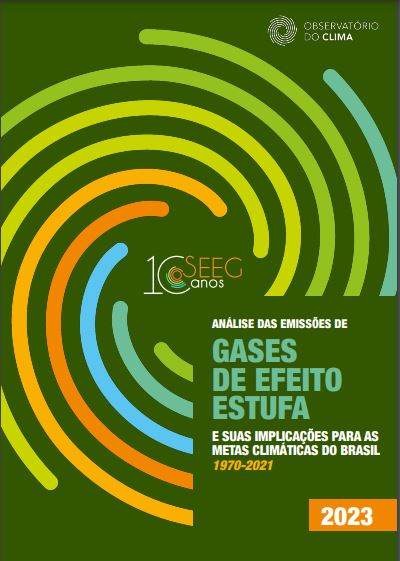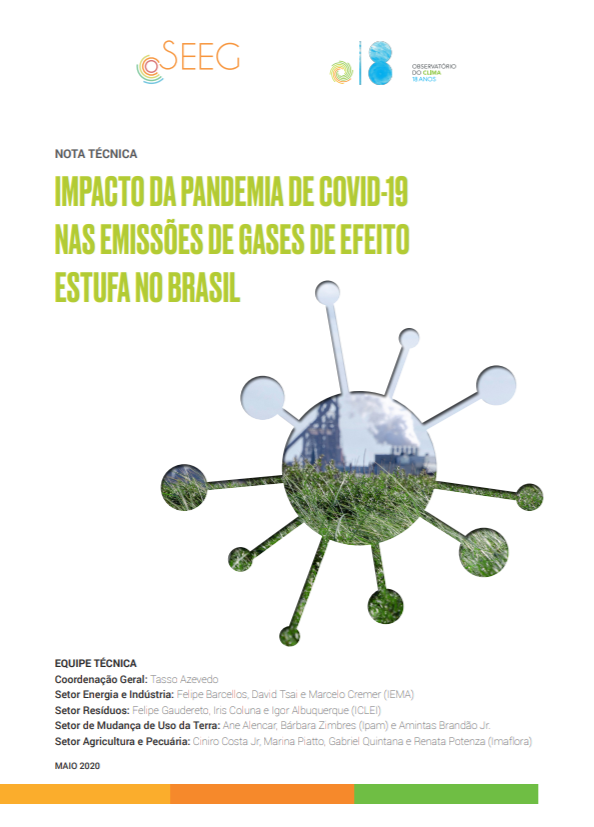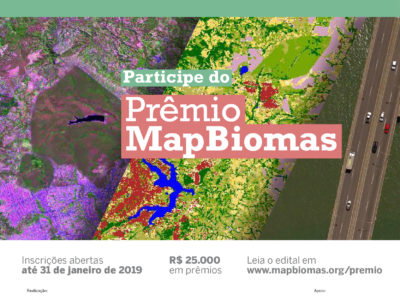Infrastructure for the Amazon, and not ignoring the Amazon and its peoples. That was the upshot of a declaration issued by over 60 organizations representing indigenous peoples and other traditional communities, family farmers, urban workers and their allies issued this week, warning about the socio-environmental risks that the Tapajós-Xingu Agribusiness and Mining Corridor imposes on the Amazon region. The document calls for transparency in the process of implementing infrastructure in the country, for analysis of alternatives for investments in transport logistics in Brazil and brings proposals to improve the infrastructure of those who live in the Amazon in the areas of health, ed’ucation, energy , transport, communication and economics of socio-biodiversity. The Tapajós-Xingu Logistics Corridor’ generates more socio-environmental and land conflicts in historically marginalized regions, which live without access to government resources such as health, basic sanitation and electricity. Read the letter here.
The letter was filed with: various government authorities, including the office of President Lula, the Ministries of Planning, Transport, and Environment.
Brazil needs to rethink its model of economic growth in order to value what it has most valuable: its natural resources and its diverse cultures. To this end, there is an urgent need to review planning instruments and decision-making processes regarding Brazilian transport logistics corridors, providing for greater transparency and public participation.
The letter highlights that social participation is necessary in the following stages of planning this type of infrastructure: identification and prioritization of transport problems (logistical bottlenecks) that will be solved by the federal government through investments in infrastructure; definition of criteria to identify and select alternatives that will receive investments to resolve priority infrastructure problems. The letter also points out the need to institutionalize the decision-making process for planning logistics infrastructure in order to guarantee transparency and public participation in its various stages.
In this context, the federal government’s Growth Acceleration Program (PAC) should promote improvements in infrastructure and regional development policies and programs, seeking to protect rights and territories and support initiatives by local populations. There is a need, at a minimum, to guarantee the right to free, prior and informed consultation of indigenous peoples and other traditional communities regarding the works that take place where they live. Also including the population living in the affected territory to discuss, during the planning of logistics corridors, the best solutions for everyone involved.
The new National Logistics Plan (PNL 2055), currently under preparation, needs to be more transparent than the previous ones, incorporating public participation in all its stages and considering a scenario without the inclusion of mega projects with extremely high socio-environmental risk for the Amazon and to other biomes. This will guarantee environmental services for all Brazilians – such as quality water , electricity, food – and secure traditional lands and ways of life.
While plans and programs for transport logistics by the federal government and state governments are dominated by the interests of large private groups, especially agribusiness and mining, the needs of the general population, indigenous peoples, traditional communities and family farmers of the Amazon – in this case, for another infrastructure model aimed at good living and care for the environment – have been ignored. The ongoing exploration in Brazil continues to concentrate income in the country, leaving aside growth that favors the financial autonomy of the local population.
About the Tapajós-Xingu Logistics Corridor
The Tapajós-Xingu Logistics Corridor intends to connect the Cerrado of Mato Grosso to the Amazon to export mechanized grains ( commodities ) on a large scale. It is part of a larger project, the so-called “Arco Norte”, which includes the Madeira and Tocantins river basins, aimed at facilitating the export of commodities , especially soybeans and corn.
It would be composed of the Cuiabá-Santarém Highway (BR-163), opened in the early 1970s; through port terminals in Miritituba and Santarém, both in Pará, connected by a waterway in the middle and lower Tapajós (with the possibility of expansion to the upper Tapajós and its main tributaries, the Juruena and Teles Pires rivers); and the proposal to open the Ferrogrão railway (EF-170) of more than 900 km between Sinop (MT) and Miritituba (PA).
The implementation of the modes that make up the Tapajós-Xingu Logistics Corridor, as well as other corridors of the “Arco Norte” on the Madeira River and the Tocantins River, leaves out a careful assessment of socio-environmental risks, especially in terms of deforestation, socio-environmental conflicts and cumulative impacts between these different projects in the same territory. The fact that the projects are advancing in a context of deficits in the recognition and protection of the territories of indigenous peoples, quilombolas, riverside communities and other vulnerable populations deserves special attention. Furthermore, the federal government’s current transport infrastructure plan (PNL 2035) presents a serious deficiency as it fails to evaluate the possibility of transporting commodities through alternative logistics corridors.















